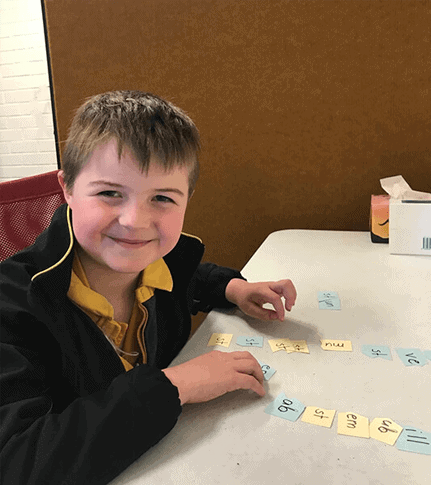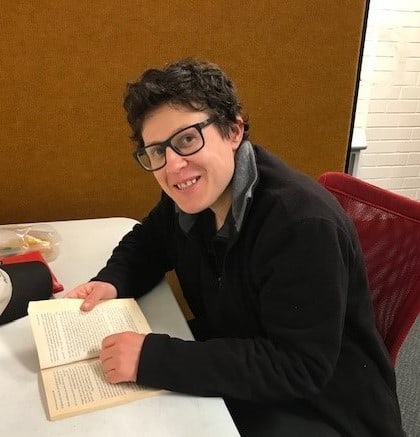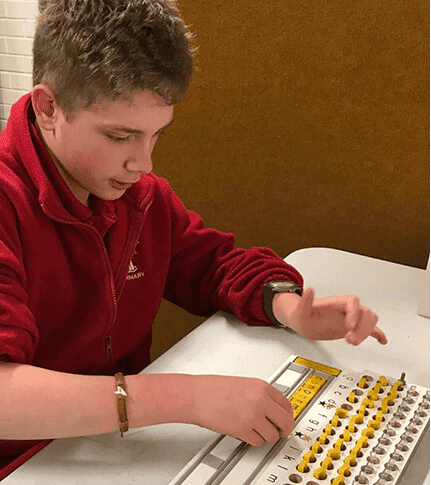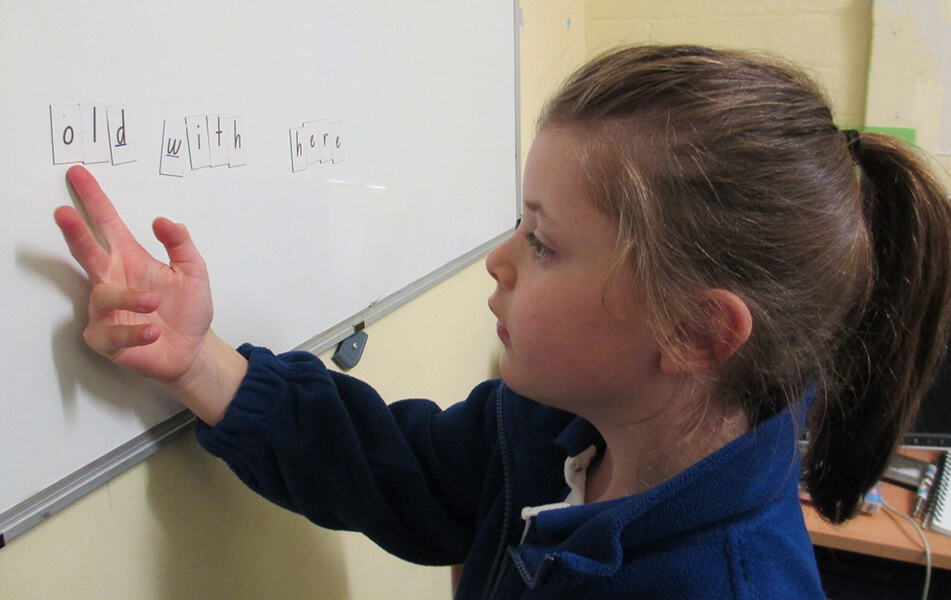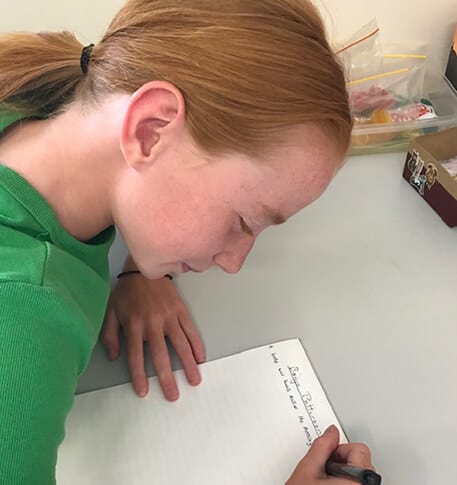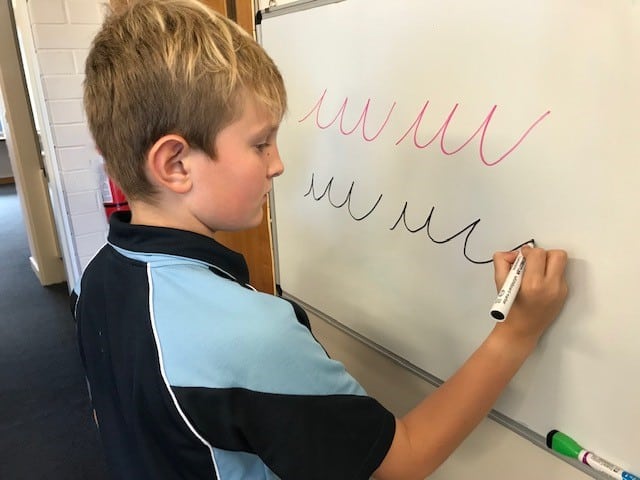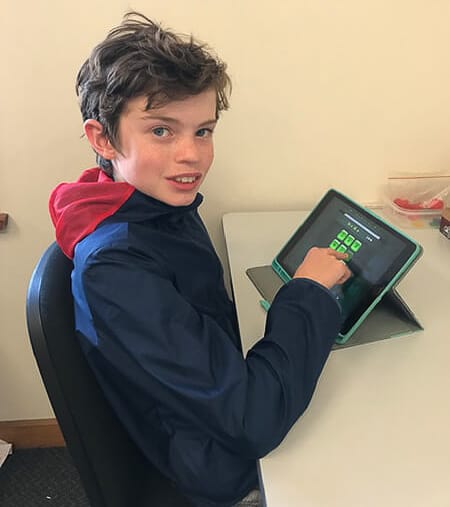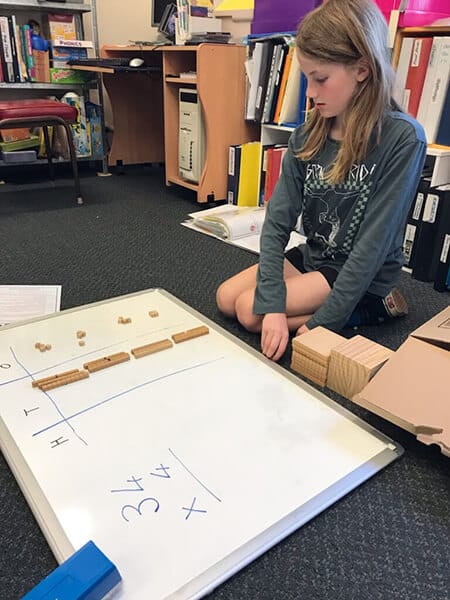Encompass Tuition provides tuition for:
- Reading
- Dyslexia (and other literacy difficulties)
- Spelling
- Written Composition
- Handwriting
- Maths
- Dyscalculia (and other numeracy difficulties)
Reading
Reading is a vital skill that underpins successful learning at school and throughout life. Those who struggle lose confidence, experience anxiety, and have great difficulty reaching their potential.
With my extensive knowledge and experience using the most effective methods, I can help your child overcome their reading difficulties.
Initial and ongoing assessments help identify underlying issues that affect the acquisition of reading skills. This enables me to create a structured program to assist your child in learning the essentials of phonics and comprehension, which are crucial to competent reading.
If you would like to know more about how I address these challenges in more detail, please refer to the section below on ‘Dyslexia (and other literacy difficulties)’.
Dyslexia (and other literacy difficulties)
Dyslexia is a multifaceted condition with visual, auditory, and memory elements affecting the acquisition of reading and writing skills. The degree to which an individual is affected will depend upon the configuration and severity of these difficulties, and this will influence how much individual support is required.
However, research has shown that a phonics-based, multi-sensory (seeing, hearing, touch and moving) and sequential program that integrates reading and writing, is the most effective way to improve literacy outcomes. All my work is informed by this research and accounts for the successes my students have achieved.
I also create an individualised program that best fits the student’s learning profile. For example:
- For the Prep – Grade 1 student, I may find that the graphics and stories of ‘Letterland’ helps him/her remember letter-sound relationships more effectively.
- The older student might respond better to Spalding’s ‘Writing Road to Reading’ approach, where the phonic coding system is practised through spelling.
However, a program is never rigid: it will change as the student’s needs and interests change.
Spelling
Did you know that spelling requires many parts of the brain to work together? To spell a word accurately, the brain must hear the sounds correctly, hear them in the right order, select the correct letter pattern to match the sound, and then check to see if the word looks ‘right’. Other factors make spelling even more complex, such as learning homophones e.g., road and rode, and learning how orthography (word structure) affects letter choice e.g., we never use ‘kr’ at the beginning of a word. This complexity explains why spelling is one of the most difficult skills to master for many students.
I start by diagnosing which elements of spelling your child is struggling with, whether it be sounding out words, choosing the right letter, breaking words into smaller parts, or understanding spelling rules.
Once the elements are identified, I implement a program to make learning to spell a far less challenging task.
Written Composition
I help with all aspects of writing, including punctuation and grammar, but emphasis is given to sentence structure because ‘everything starts with the sentence’. From this point, a student will learn to construct fluent, coherent paragraphs, and explore a range of text structures including narrative and report writing.
Developing strong writing skills takes time and effort, but my structured approach can assist your child develop this powerful tool of communication.
Handwriting
Well-formed, fluent handwriting is an important skill. It assists in learning to read and spell and improves creative writing and note-taking.
When I develop a program, these aspects are taken into consideration:
- Building upper arm and hand strength and manual dexterity.
- Practising correct letter formations to ensure that movement memory has erased poor formations and integrated the correct ones.
- Practising correct letter proportions.
- Encouraging the student to space words properly.
- Improving writing speed.
Handwriting is challenging for many young people, but improvements can be made with guidance, commitment, and lots of practice.
Maths
Maths learning is much like building a house – a solid foundation must be established before proceeding to the next stage. An initial assessment helps identify underlying issues that are making the foundation somewhat shaky. A program is then designed to fill those gaps in knowledge and skill, and ongoing assessments will help refine the program as the student’s needs change.
My structured approach builds a strong foundation for your child, boosting confidence and ability to tackle new maths challenges.
If you would like to know more about how I address maths teaching, please refer to the section below on ‘Dyscalculia (and other numeracy difficulties)’
Dyscalculia (and other numeracy difficulties)
Dyscalculia is a complex condition where difficulties with number sense, visual-spatial awareness, reasoning ability, memory, concentration, and processing speed affect the learning of mathematical skills and knowledge.
Like dyslexia, it requires a multisensory, cumulative, and sequential approach to aid the development of mathematical skills and understandings.
I assess student deficits and identify their needs. Such needs may include:
- Understanding how numbers relate to each other, e.g., 4 + 1 = 5, 6 – 1 = 5
- Putting number facts into long-term memory
- Remembering procedures or sequences
- Reading an analogue clock
- Processing numeric magnitude – e.g., which is larger, 78 or 103?
- Performing accurate and fluent calculations.
For the student with dyscalculia, the development of maths skills and knowledge begins with work at the concrete, multisensory level where we talk about concepts as solid materials are felt, seen, and moved around. S/he then proceeds to pictorial/picture representations of these concepts. Once understanding is established at this level, the student is introduced to symbols such as 1, 2, ¼ , +, %. Given sufficient practise, s/he will learn to solve problems more efficiently using symbols only.
Each concept must be established before proceeding to the next stage, and concepts must be reviewed frequently to determine if revision is required.

